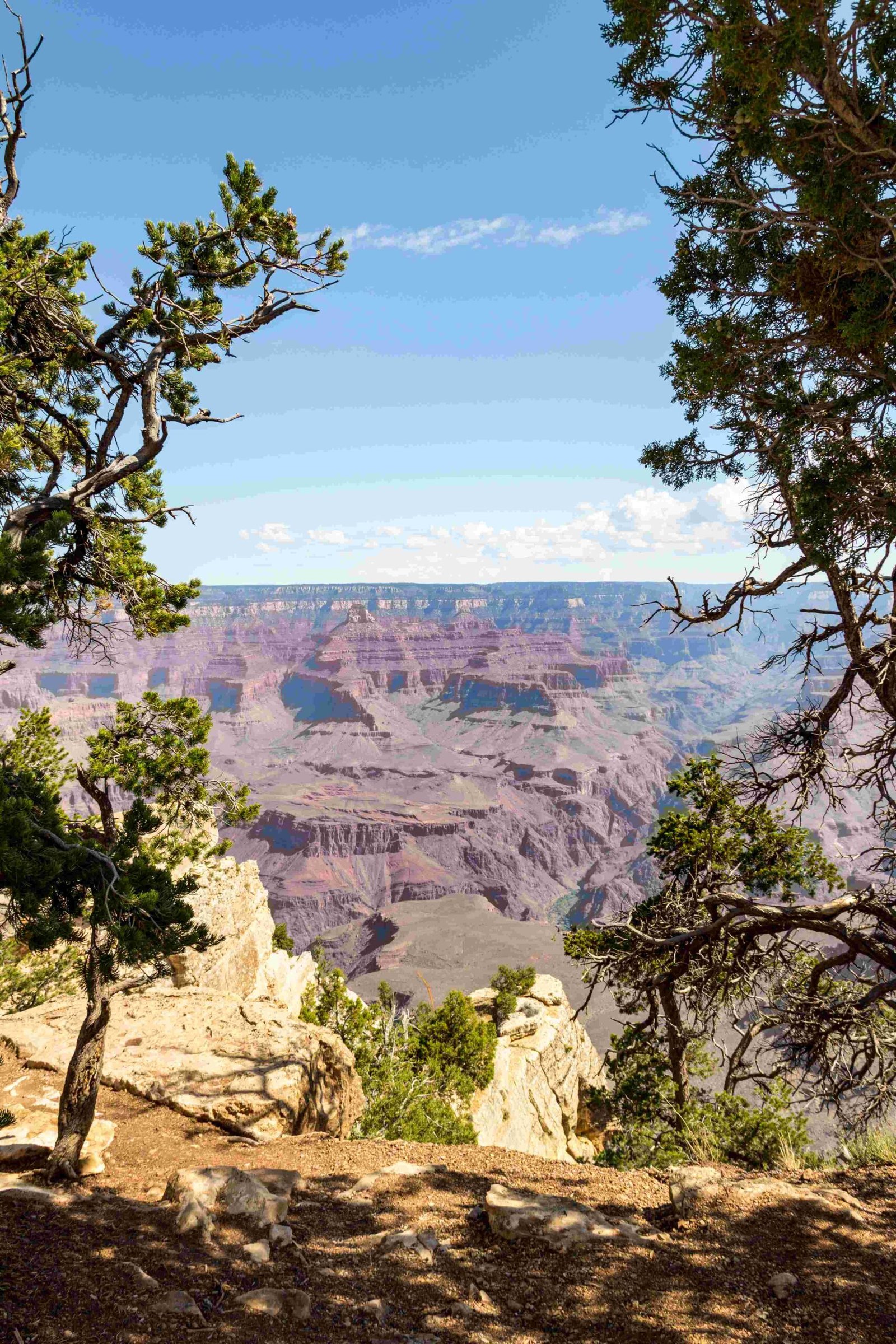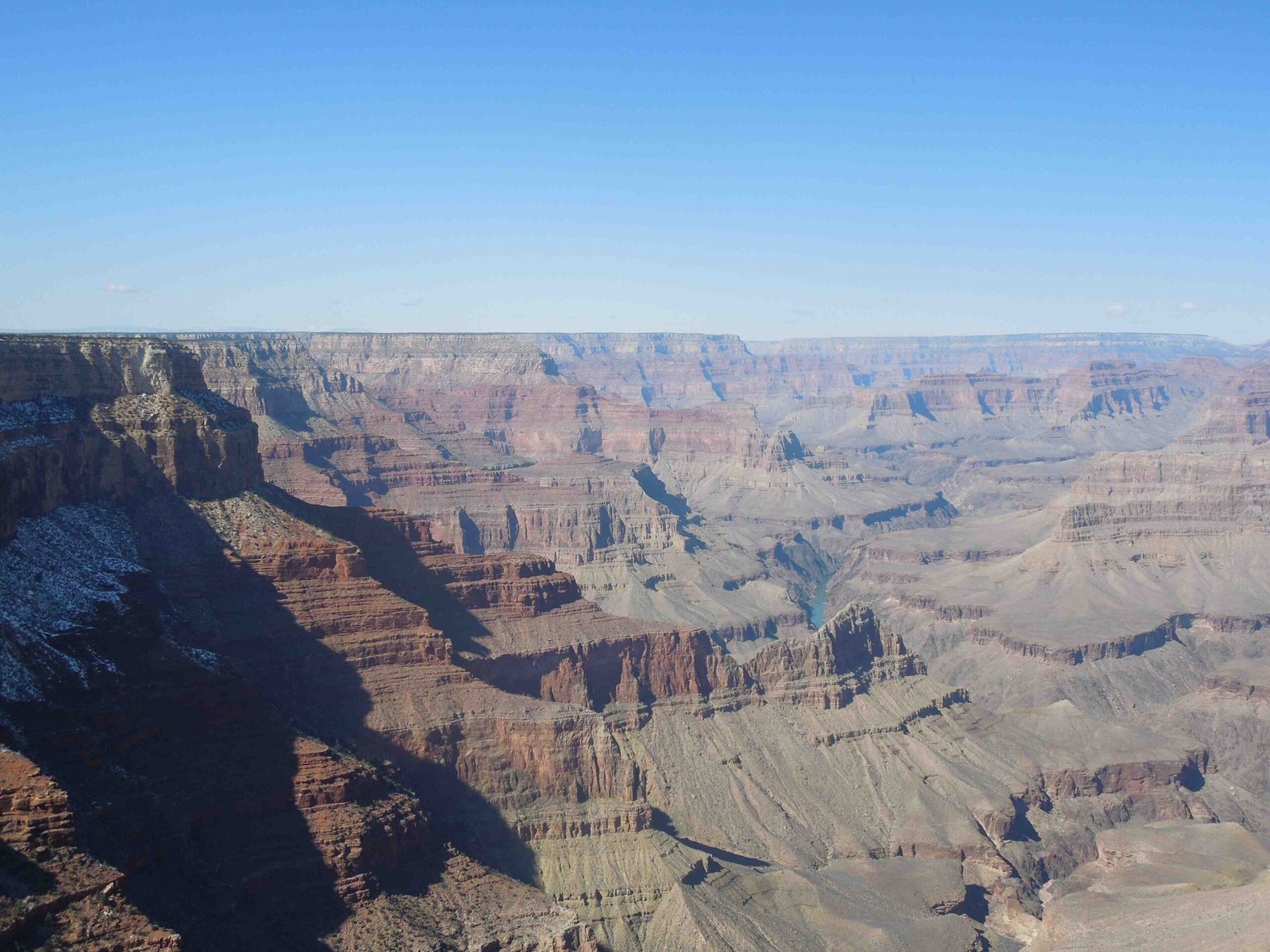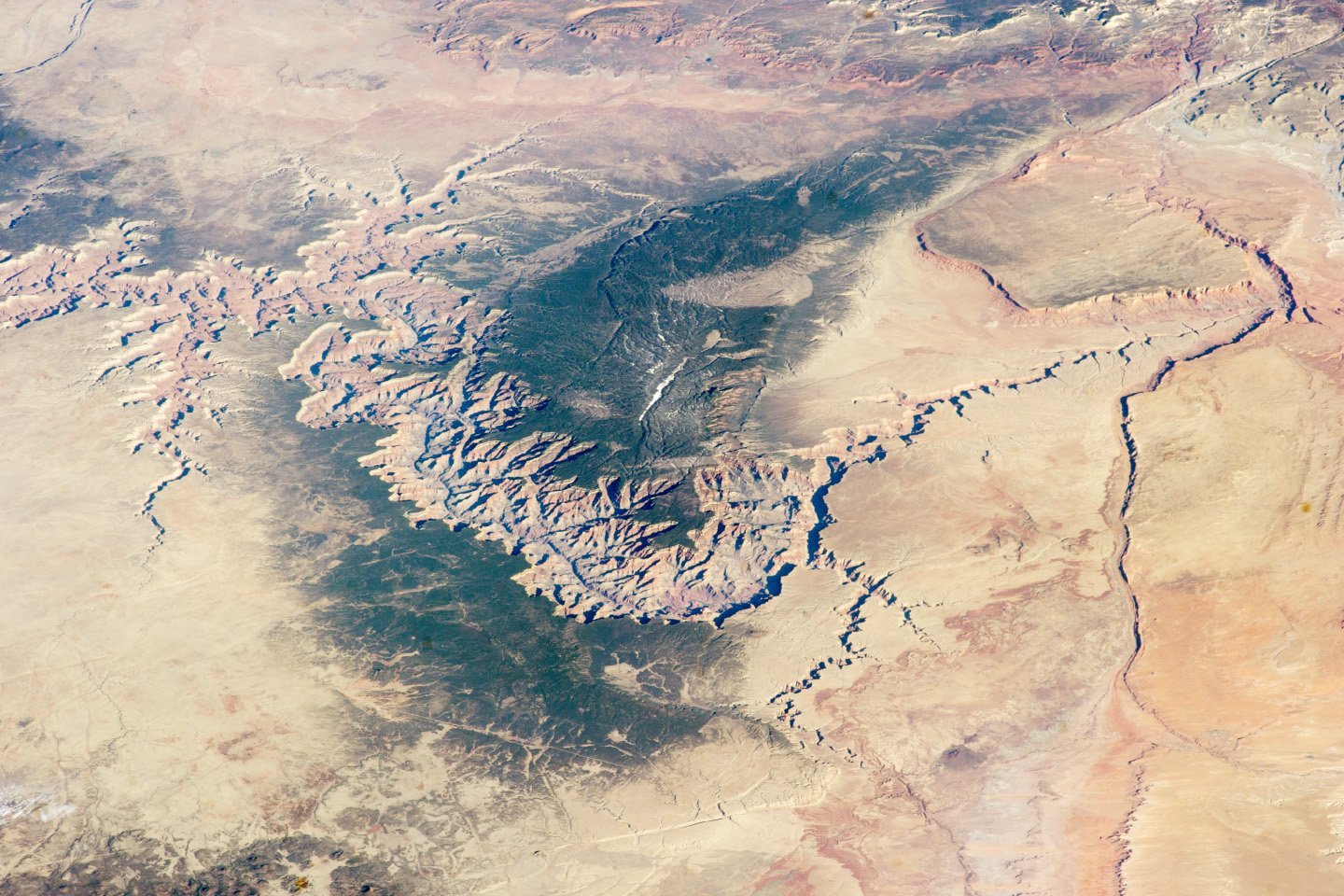The Grand Canyon represents a remarkable geological masterpiece carved through complex processes spanning millions of years. Primarily, the canyon’s formation results from the Colorado River’s persistent erosion, tectonic uplift, and intricate sedimentary layer interactions, revealing nearly 2 billion years of Earth’s geological history through its dramatic landscape.
What Geological Processes Formed the Grand Canyon?

How Did Erosion Shape the Canyon?
Erosion stands as the primary geographical process responsible for carving the Grand Canyon. The Colorado River has been the primary agent, systematically cutting through sedimentary rock layers over approximately 5-6 million years.
Key Erosion Mechanisms
- River Downcutting: The Colorado River’s powerful flow gradually cut through rock layers
- Tributary Stream Erosion: Side streams contributed to widening canyon walls
- Mechanical Weathering: Rockslides and fracturing accelerated landscape transformation
What Role Did Tectonic Uplift Play?
Tectonic activities significantly contributed to the Grand Canyon’s formation. Between 70-30 million years ago, the Colorado Plateau experienced substantial vertical uplift, creating ideal conditions for erosional processes.
| Geological Period | Significant Event | Impact on Canyon Formation |
|---|---|---|
| 70-30 Million Years Ago | Plateau Uplift | Exposed sedimentary layers |
| 5-6 Million Years Ago | River Downcutting Begins | Initial Canyon Formation |
| Ongoing | Continuous Erosion | Canyon Refinement |
What Are the Specific Rock Layers Involved?
The Grand Canyon exposes an extraordinary geological timeline through its rock layers:
- Vishnu Schist: Nearly 2 billion years old, representing the oldest exposed rock
- Paleozoic Sedimentary Rocks:
- Sandstones
- Shales
- Limestones
- Total Sedimentary Layer Thickness: Approximately 13,000-15,000 feet
How Quickly Does Erosion Continue?
The canyon continues to evolve, with the Colorado River eroding approximately 3 centimeters every hundred years. This slow but persistent process ensures the landscape’s continuous transformation.
What Scientific Evidence Supports These Processes?
Geological research provides substantial evidence for the Grand Canyon’s formation:
- Radiometric dating of rock layers
- Sedimentary layer analysis
- Topographical mapping
- Comparative geological studies of similar landscapes
Can Visitors Understand These Geological Processes?
Visitors can explore and understand the Grand Canyon’s geological history through:
- Ranger-led geological programs
- Interpretive center exhibits
- Guided hiking tours
- Detailed trail information panels
Conclusion

The Grand Canyon exemplifies a complex interplay of geological processes, primarily driven by erosion, tectonic uplift, and the Colorado River’s persistent cutting action. Its formation represents a dynamic, ongoing narrative of Earth’s geological evolution.

